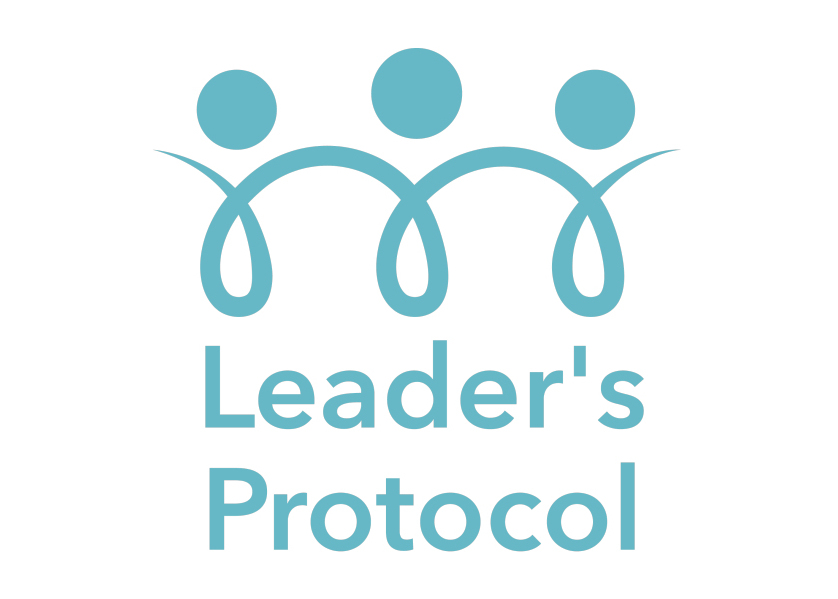To our forward-thinking business leaders – at every level, innovative HR professionals, vocational academics, and the curious minds of tomorrow – this is for you. Understanding those with whom we work is becoming ever more relevant and important. Here’s why ….
In the fast-paced world of today, organisations are often compared to living organisms, pulsating with life, adapting, and evolving. But like any organism, the core strength lies in its individual cells. In organisations, these “cells” are us – the individuals. The heart of an organisation’s resilience beats within each one of us.
You’ve probably felt it. That unmistakable grit and tenacity that humans bring forth in the face of challenges. It’s our innate resilience. But here’s a truth I’ve come to believe over years of experience and recent research: nurturing individual resilience is the linchpin to creating a thriving, resilient organisation.
Decades of studies, including ones led by brilliant minds such as Deci and Ryan, Reeve, Maslow, Edmondson, Clarke, and many others, highlight the foundational importance of understanding basic psychological needs, personal motivation, and the concept of psychological safety. However, these aren’t just theories discussed in academia. They’re real, tangible aspects that influence our day-to-day work lives. Dive a little deeper, and it becomes evident that this isn’t merely about ensuring your team feels good; it’s about unlocking unparalleled innovation, efficiency, and adaptability.
Patrick Lencioni brilliantly contrasts the difference between a “smart” organisation and a “healthy” one. While being smart is about strategy, marketing, and finance, being healthy is about minimal politics, clarity of communication, minimal confusion, high morale, high productivity, and low turnover. It’s clear which one we’d all prefer to be part of, isn’t it? And why? In large part because our personal basic needs are being tended to; we (sometimes sub-consciously) feel more resilient and are inevitably more effective – not only in our work but across our unique and complex lives as the social species we are.
Yet, how often do we pause and consider the state of our basic psychological needs those deeply personal internal factors that have such a bearing on our resilience? How frequently do we reflect on our motivations or the quality of psychological safety within our teams? The honest answer is more often than not – not enough.
Have you ever wondered why some organisations can weather any storm, while others crumble at the slightest challenge? It’s tempting to credit robust financial strategies or cutting-edge technology. However, time and again, I’ve been drawn back to a more fundamental truth, one rooted in the very fabric of our humanity: individual resilience.
Every organisation is a vibrant tapestry of individuals, each bringing their own strengths, vulnerabilities, and unique perspectives. By recognising and nurturing the resilience within each person, we don’t just support individual growth; we lay the foundation for organisational resilience. And here’s the exciting part: it’s a journey that can only be embarked on together.
Now, let’s address the elephant in the room. Change. It’s inevitable and constant. Kubler-Ross’s change curve tells us that humans go through a series of emotions during times of change – from shock and denial to acceptance and integration. Underpinning the entire journey, we call on our resilience. Leadership plays a pivotal role during such times, ensuring that their teams’ resilience batteries are kept charged. Whether it’s the servant leader who nurtures, the transformational leader who inspires, or the pragmatic leader who strategically aligns resources, the essence remains the same: leaders are the stewards of resilience.
These are not just leadership strategies but a call to embrace our shared human experience and address our those needs that make us distinct in the animal kingdom and that have evolved with us over hundreds of thousands of years. They simply cannot be ignored.
However, here’s the catch. The journey towards cultivating resilience isn’t linear. It’s an intricate dance, oscillating between the individual’s internal world and the organisation’s external environment. Our workplaces aren’t just sites of task execution; they’re arenas where basic psychological needs, motivations, and the critical aspect of psychological safety play out daily.
So, to you, the inspiring leaders, dedicated HR professionals, and curious academics reading this, here’s my passionate plea and offer of assistance. Recognise and understand the symbiotic relationship between individual and organisational resilience. In a post-pandemic world where business resilience is one of the most common strategic challenges for businesses from sole traders to multi-national enterprises, resilience starts and ends as a profoundly personal construct within each and every individual. So, dive deeper into the complexities of human behavior, motivation, and needs, and weave them into your organisational tapestry.
And if you ever feel lost or overwhelmed, remember that you’re not alone. The constituency is huge and applies to us all – the more we turn to each other, the more we will understand. Through workshops, research collaborations, and a plethora of resources, there are so many who can be your partners in this journey.
As we gaze into a future where artificial intelligence and automation are set to revolutionise workplaces, the need to invest in human resilience becomes even more crucial. We’re not just preparing for a technological transformation but ensuring we have a workforce equipped, both mentally and emotionally, to navigate the uncharted waters ahead. The things that only humans can do will become less. Those things will be characterised by the unique, wonderful, complex qualities that make us who we are.




